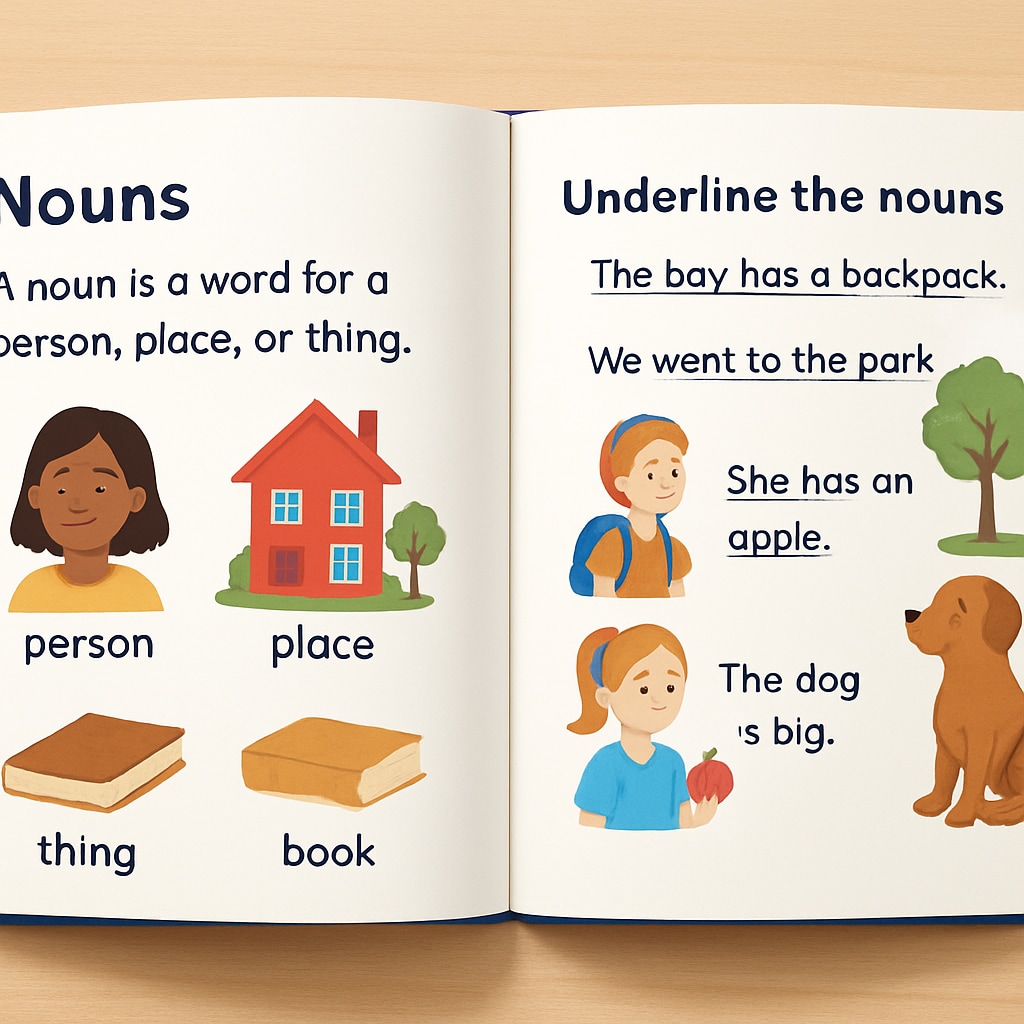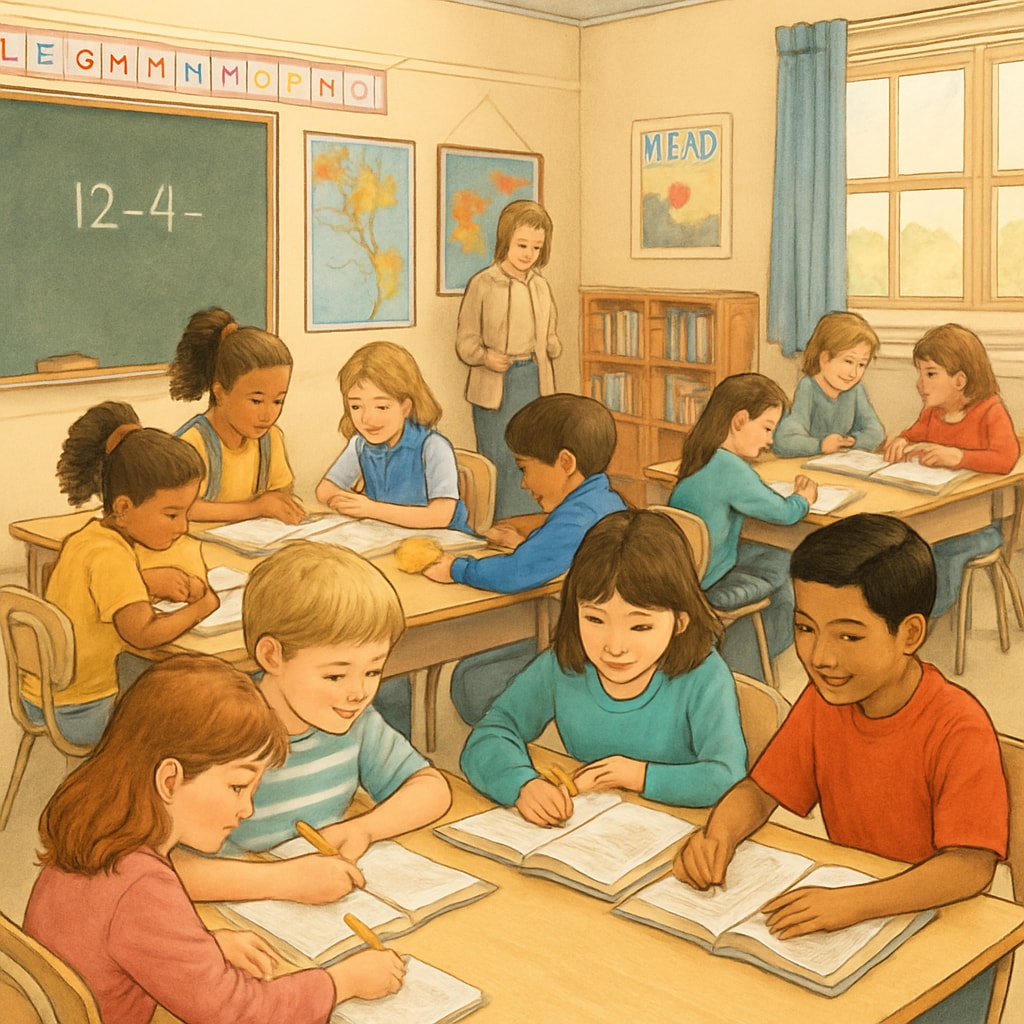Once a cherished cornerstone of American elementary education, the “World of Language” series played a pivotal role in shaping language skills for countless students. This comprehensive textbook series, tailored to the elementary classroom, stood out for its engaging approach to teaching grammar, vocabulary, and writing. While modern language education has evolved dramatically, looking back at “World of Language” reveals valuable insights that remain relevant today. In this article, we explore the unique teaching methods of this forgotten gem, compare them with contemporary practices, and reflect on lessons modern educators can draw from its legacy.
What Made “World of Language” Unique?
“World of Language” distinguished itself through its structured yet creative approach to language teaching. Unlike many modern textbooks, which often emphasize digital interactivity and multimedia integration, this series relied on straightforward yet effective techniques. Chapters were methodically designed, often beginning with a relatable story or situation that introduced key concepts in context. This helped students connect abstract language rules to real-life applications.
The textbook’s focus on incremental learning was another hallmark. Grammar lessons started with foundational concepts, such as sentence structure and parts of speech, and gradually built toward more complex topics, including subject-verb agreement and advanced writing techniques. Activities like fill-in-the-blank exercises, sentence diagramming, and creative writing prompts encouraged active participation. This blend of structure and creativity ensured students not only absorbed the material but also retained it long after the lessons ended.

Lessons for Modern Education from “World of Language”
Today’s education landscape is vastly different, with digital resources dominating classrooms and personalized learning paths becoming the norm. However, “World of Language” offers several lessons that remain timeless:
- Contextual Learning: The use of stories and real-world examples to teach language concepts remains a highly effective strategy. Modern educators could incorporate this principle into interactive digital platforms or blended learning models.
- Incremental Complexity: Building knowledge step by step is essential in language education. While modern tools often aim for rapid progress, a gradual approach ensures deeper understanding and long-term retention.
- Active Engagement: The hands-on exercises in “World of Language” fostered critical thinking and creativity. Teachers today can adapt these methods to interactive apps and collaborative classroom activities.
In addition, the tactile experience of working with physical textbooks is something digital resources cannot fully replicate. While modern students benefit from technology, balancing screen time with paper-based learning could enhance cognitive engagement and focus.

Bridging the Gap Between Past and Present
The “World of Language” series might seem outdated in an era dominated by artificial intelligence and adaptive learning systems, but its core principles remain highly applicable. Today’s educators can take inspiration from its structured approach, its emphasis on context-driven learning, and its dedication to engaging students actively. Combining these techniques with modern advancements—such as gamification, adaptive assessments, and multimedia content—could create a powerful hybrid model for language education.
For example, incorporating storytelling into language apps or creating digital equivalents of “World of Language”-style exercises can make learning both fun and effective. Additionally, teachers could use physical textbooks as a supplementary tool to digital resources, ensuring students experience the best of both worlds.
Conclusion: A Legacy Worth Remembering
Although “World of Language” has faded from most classrooms, its impact on language education endures. By revisiting this series, we uncover teaching strategies that are just as relevant today as they were decades ago. As educators continue to navigate the challenges of modern teaching, the lessons from this classic textbook serve as a reminder of the enduring value of structured, engaging, and context-driven education.
Ultimately, the “World of Language” series teaches us that while technology evolves, the principles of effective education remain timeless. By blending the old with the new, we can create a richer and more effective learning experience for future generations of students.
Readability guidance: This article maintains clear and concise paragraphs while incorporating lists for readability. It balances background information with actionable insights, ensuring a professional yet accessible tone. Transitions like “however,” “in addition,” and “for example” connect ideas smoothly.


